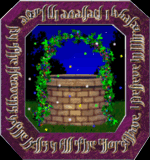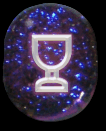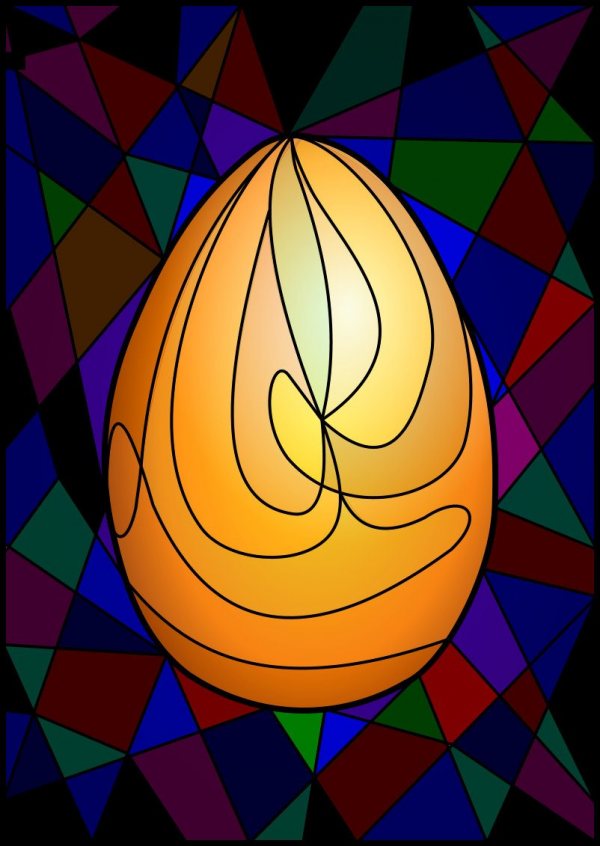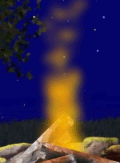Woodruff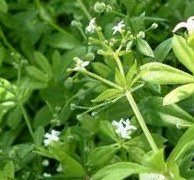
Its terminal syllable, "ruff," is derived from rofe, a wheel,--with the diminutive rouelle, a little wheel or rowel, like that of an ancient spur,--which the verticillate leaves of this Woodruff herb closely resemble. They serve to remind us also of good Queen Bess, and of the high, starched, old-fashioned ruff which she is shown to wear in her portraits.
Added Mar 5, 2011
| 7,716 Reads
Concerning the Sweet Woodruff (Asperula odorata), it is a favourite little plant growing commonly in our woods and gardens, with a pleasant smell which, like the good deeds of the worthiest persons, delights by its fragrance most after death. Woodruff is of the Rubiaceous order, and gets its botanical name from the Latin asper, rough, in allusion to the rough leaves possessed by its species. Woodruff may be readily recognised by its small white flowers set on a slender stalk, with narrow leaves growing round it in successive whorls, just as in the Cleaver (Goosegrass), which belongs to the same order. The name Woodruffe has been whimsically spelt Woodderowffe, thus:-- Double U, double O, double D, E R, O, double U, double F, E. Its terminal syllable, "ruff," is derived from rofe, a wheel,--with the diminutive rouelle, a little wheel or rowel, like that of an ancient spur,--which the verticillate leaves of this Woodruff herb closely resemble. They serve to remind us also of good Queen Bess, and of the high, starched, old-fashioned ruff which she is shown to wear in her portraits. When freshly gathered, it has but little odour, but when dried it exhales a delightful and lasting aroma, like the scent of meadow grass, or of peach blossoms. A fragrant and exhilarating tea may be made from the leaves and blossoms of the sweet Woodruffe, and this is found to be of service in correcting sluggishness of the liver. "When it is desired," says Mr. Johns, "to preserve the leaves merely for their scent, the stem should be cut through just below and above a joint, and the leaves pressed in such a way as not to destroy their star-like arrangement." Gerard tells us: "The flowers are of a very sweet smell, as is the rest of the herb, which, being made up into garlands or bundles, and hanged up in houses, in the heat of summer, doth very well attemper the air, cool and make fresh the place, to the delight and comfort of such as are therein." The agreeable odour of this sweet Woodruffe is due to a chemical principle named "coumarin," which powerfully affects the brain; and the plant further contains citric, malic, and rubichloric acids, together with some tannic acid. Another species of the same genus is the Squinancy Woodruff (Asperula cynanchica), so called from the Greek cynanche, which means quinsy, because an excellent gargle may be made from this herb for the troublesome throat affection here specified, and for any severe sore throat. Quinsy is called cynanche, from the Greek words, kuon, a dog, and ancho, to strangle, because the distressed patient is compelled by the swollen state of his highly inflamed throat, to gasp with his mouth open like a choking dog. This plant is found growing in dry pastures, especially on a chalky or limestone soil, but it is not common; it has very narrow leaves, and tufts of lilac flowers. Reverting to the Sweet Woodruff, the dried herb may be kept amongst linen, like lavender, to preserve it from insects. She--"Fresh Woodruff soaks To brew cool drink, and keep away the moth." --A. Austin, Poet Laureate. It was formerly employed for strewing churches, littering chambers, and stuffing beds. Withering declares that its strongly aromatic flowers make an infusion which far exceeds even the choice teas of China. The powdered leaves are mixed with fancy snuffs, because of their enduring fragrance.
Added Mar 5, 2011
| 7,716 Reads
Share The Magic ...
The GoE MONEY!!! Course - A Course In Real MONEY MAGIC!
|

